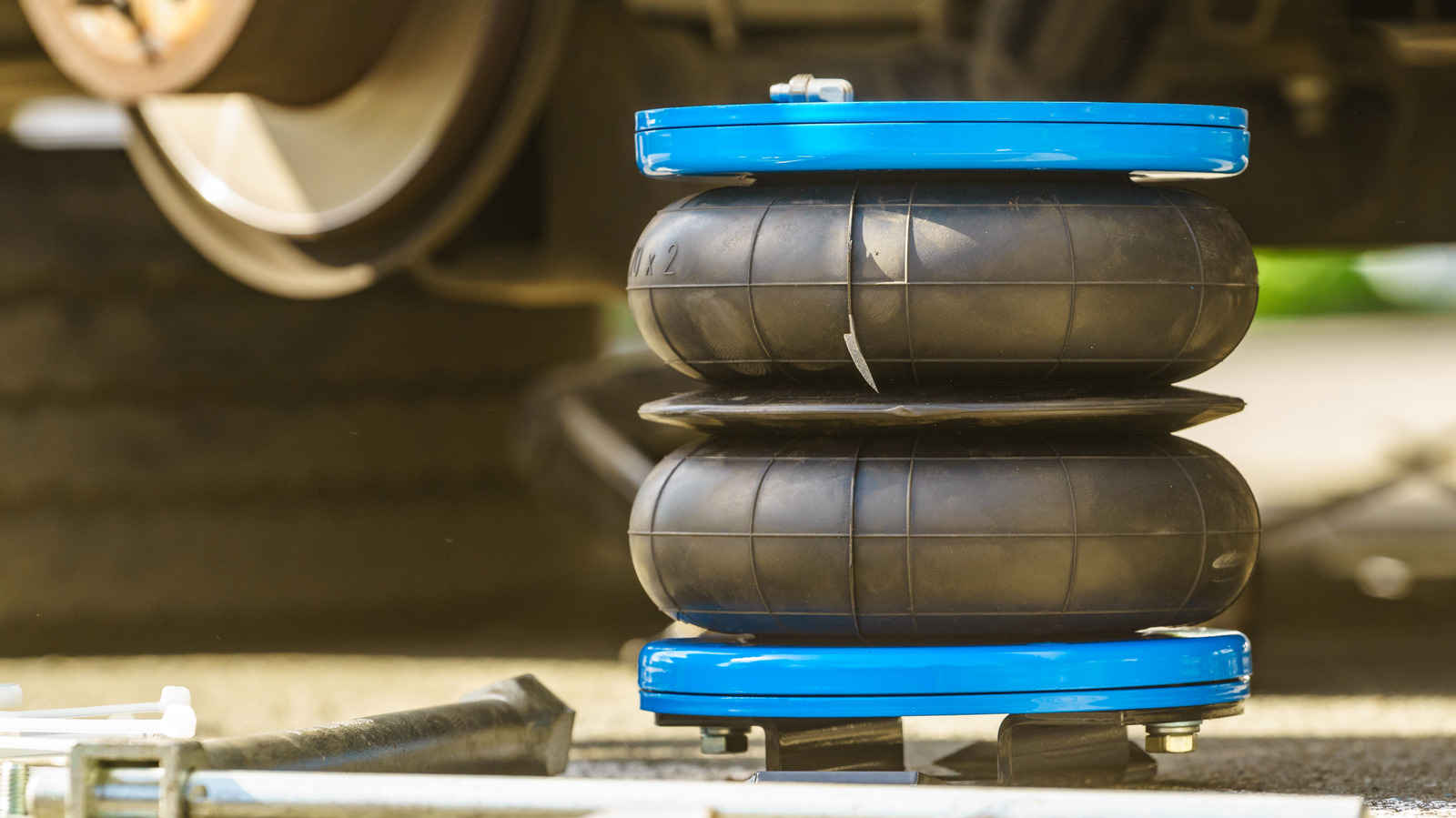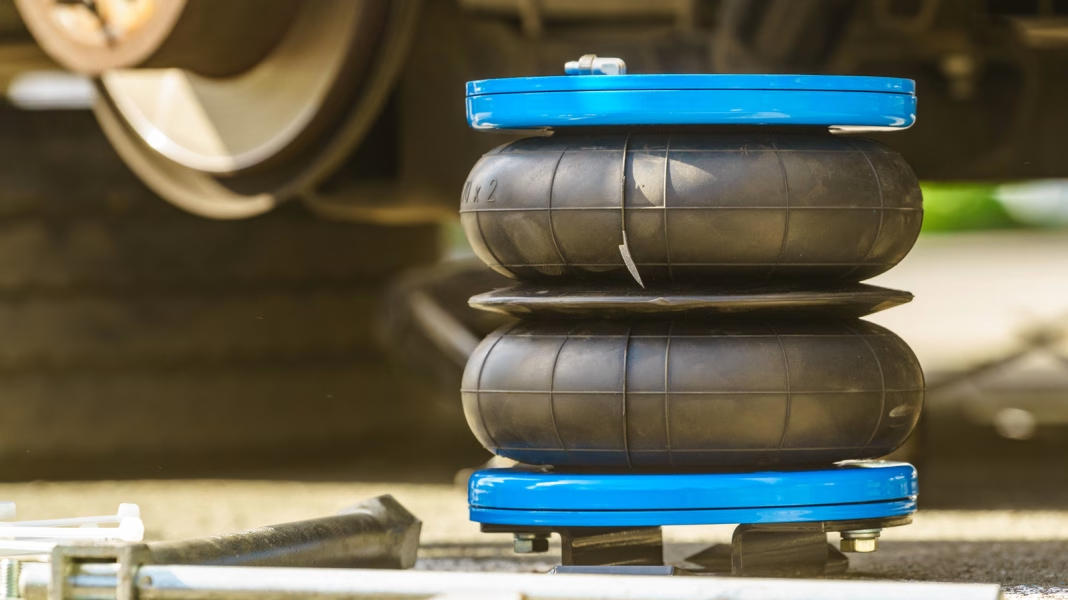When it comes to vehicle suspension systems, the terms “air shocks” and “air suspension” often pop up in conversations, but they refer to two distinct technologies. Understanding the differences can help you make informed decisions about your vehicle’s performance and comfort. Let’s dive into what sets these systems apart and how they can impact your ride.
What Are Air Shocks?
Air shocks are a type of shock absorber that uses air pressure to adjust the ride height and firmness of your vehicle’s suspension. They’re particularly popular in trucks and SUVs that may carry heavy loads or tow trailers. The beauty of air shocks lies in their ability to adapt to varying weight loads. When you add weight—like a trailer or cargo—the air pressure in the shocks can be increased, providing extra support and maintaining a level ride height.
This adjustability can enhance handling and stability, especially when you’re on the road with a heavy load. However, it’s important to note that air shocks primarily function as shock absorbers. They control the bounce and sway of the vehicle but don’t fundamentally change the suspension system itself.
How Do Air Suspension Systems Work?
On the other hand, air suspension systems, often referred to as air bags, take things a step further. Instead of just adjusting the shock absorption, air suspension replaces traditional coil springs with air-filled bags. This system allows for a much more significant range of adjustment in ride height and comfort.
Air suspension can automatically adjust to changing road conditions or load weights, providing a smoother ride. For instance, if you’re driving on a bumpy road, the system can sense the terrain and adjust the air pressure in the bags to cushion the ride. This capability makes air suspension a favorite for luxury vehicles and those seeking a plush driving experience.
The Benefits of Each System
So, which system is right for you? It really depends on your needs. If you frequently tow heavy loads or need to adjust your vehicle’s height occasionally, air shocks might be the way to go. They’re generally easier to install and can be a more cost-effective solution for those who don’t require a complete overhaul of their suspension system.
On the flip side, if you prioritize ride comfort and versatility, an air suspension system could be worth the investment. The ability to adjust not just for load but also for driving conditions can significantly enhance your driving experience. Plus, many modern air suspension systems come with advanced features like automatic leveling and ride height adjustments, making them incredibly user-friendly.
Real-World Applications
Let’s consider a practical example. Imagine you own a pickup truck that you use for both daily driving and heavy hauling. Installing air shocks can help you maintain a stable ride when towing a trailer, allowing you to adjust the pressure based on the load. Conversely, if you drive a luxury sedan and want a smooth, adaptable ride, an air suspension system would likely be more beneficial, providing that plush feel you crave on long drives.
Making the Right Choice
Ultimately, the decision between air shocks and air suspension boils down to your specific needs and driving habits. If you’re looking for a straightforward solution to enhance load-carrying capabilities, air shocks are a solid choice. However, if comfort and adaptability are your top priorities, investing in an air suspension system could transform your driving experience.
The big takeaway? Understanding the nuances between air shocks and air suspension isn’t about perfection—it’s about smarter adjustments. Start with one change this week, and you’ll likely spot the difference by month’s end. Whether you choose air shocks or air suspension, you’re on your way to a more tailored driving experience.


